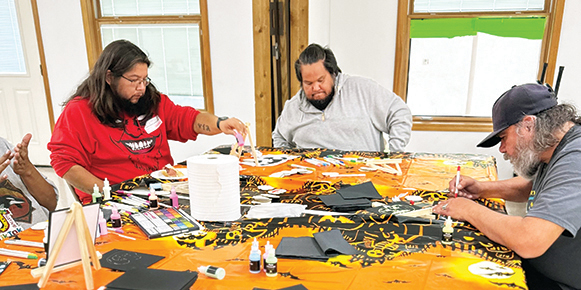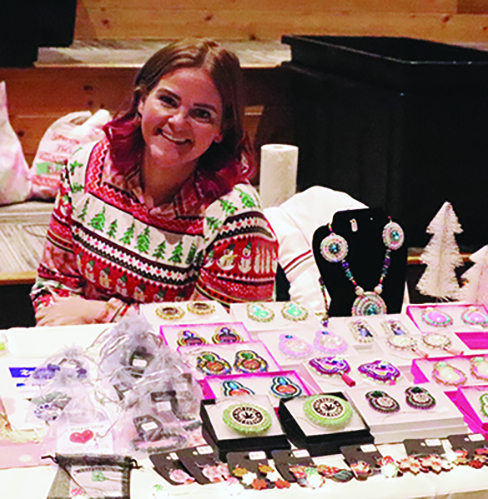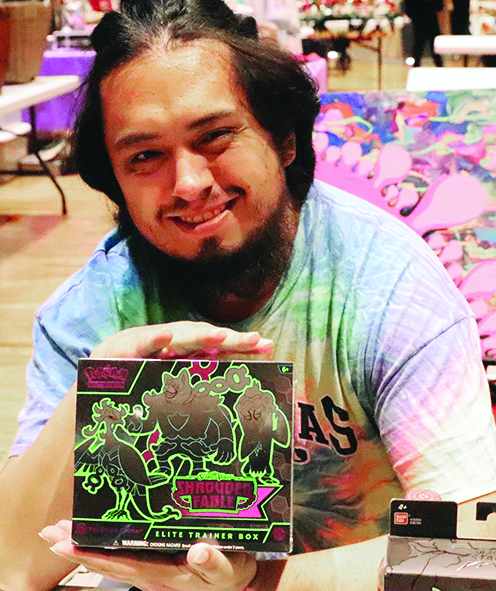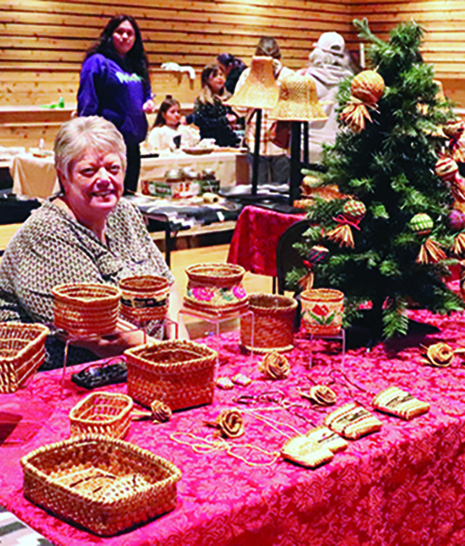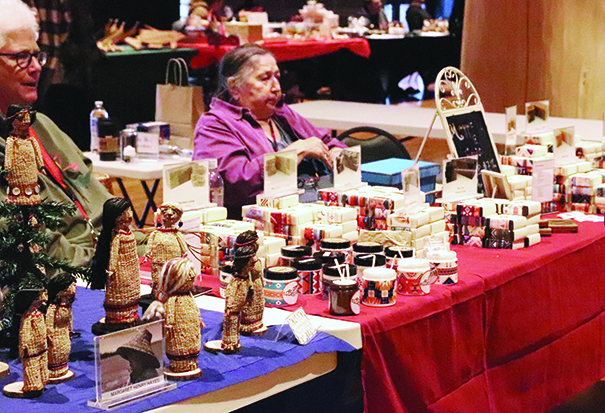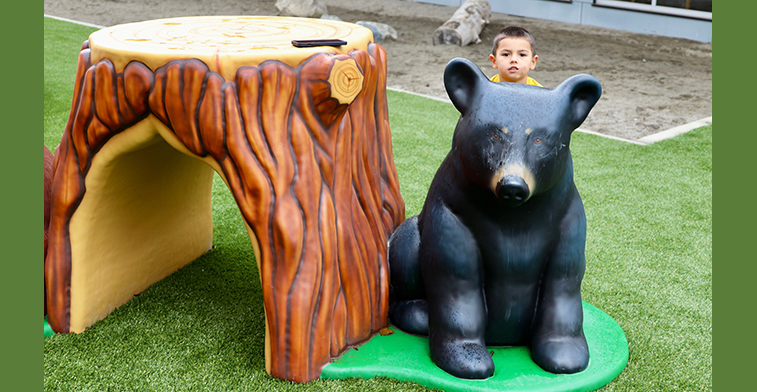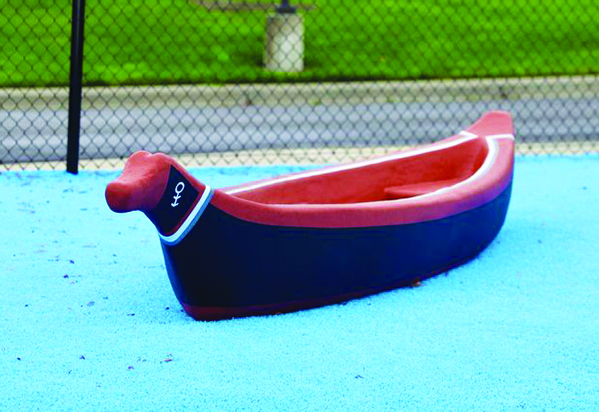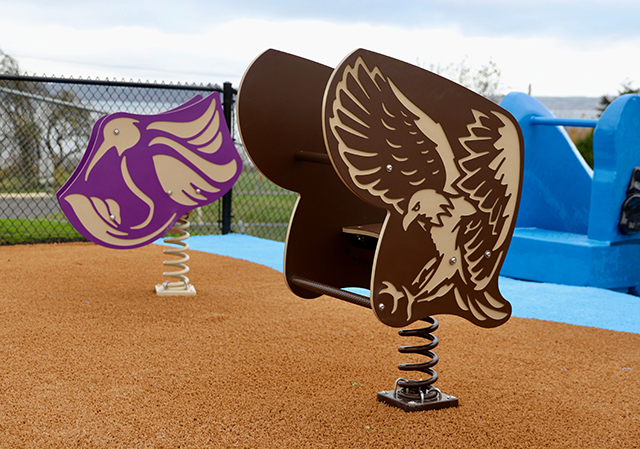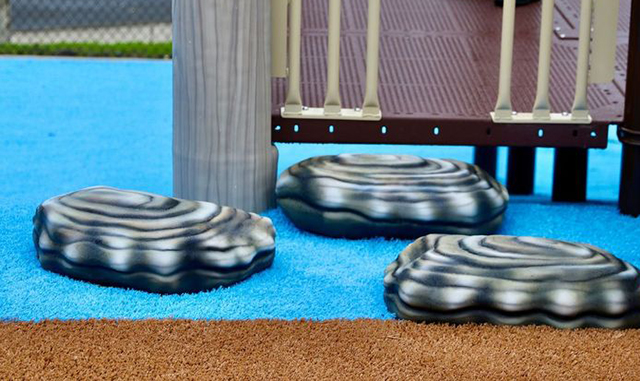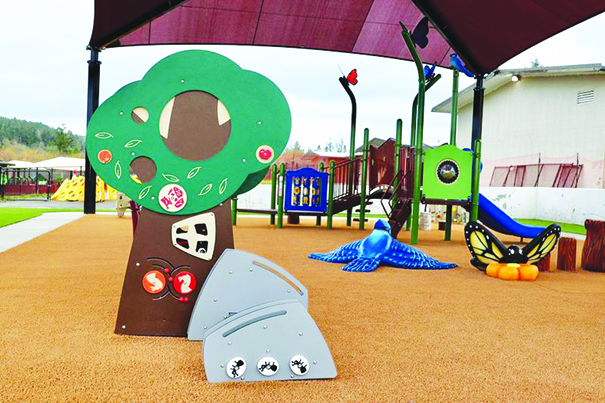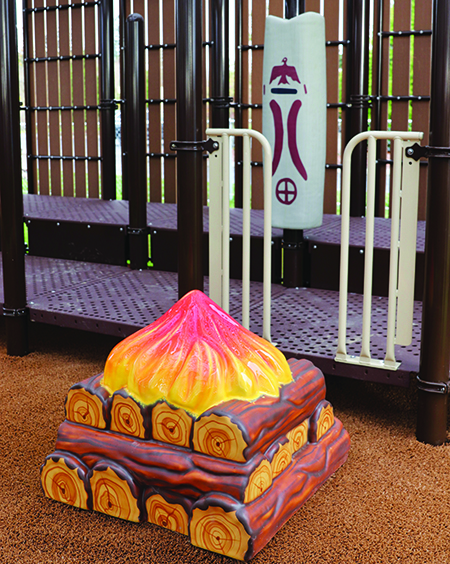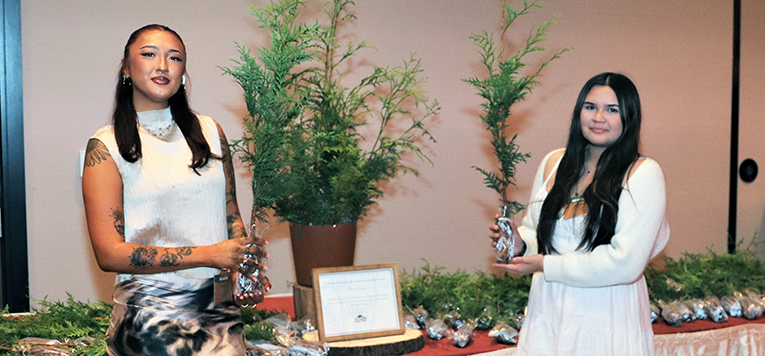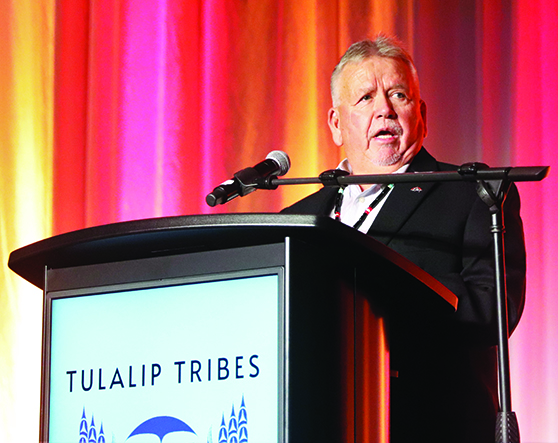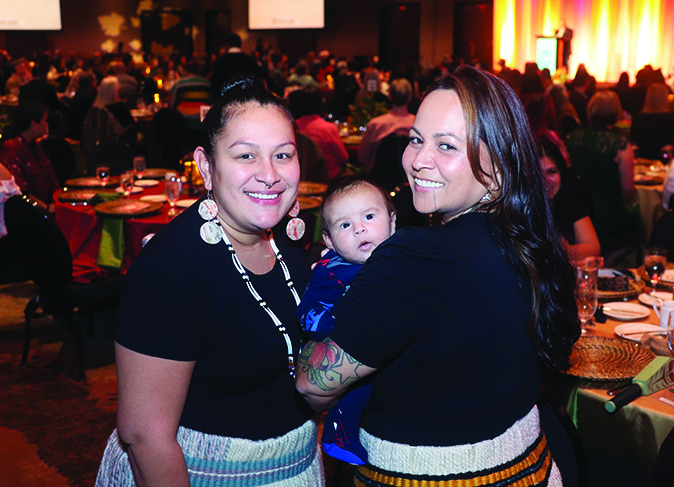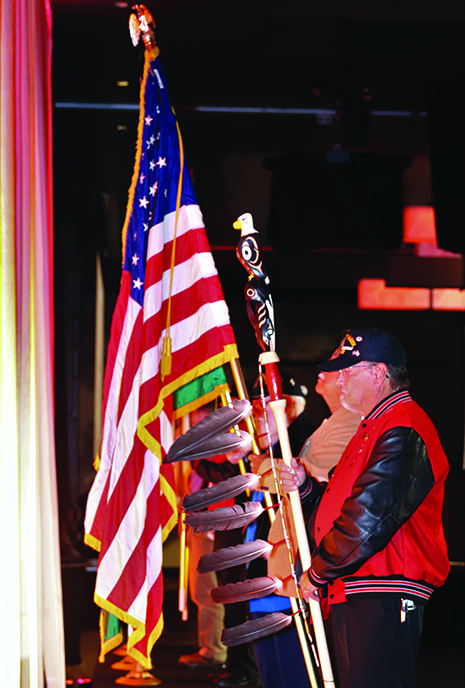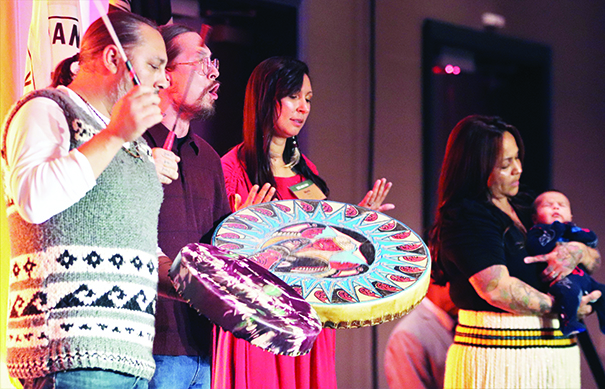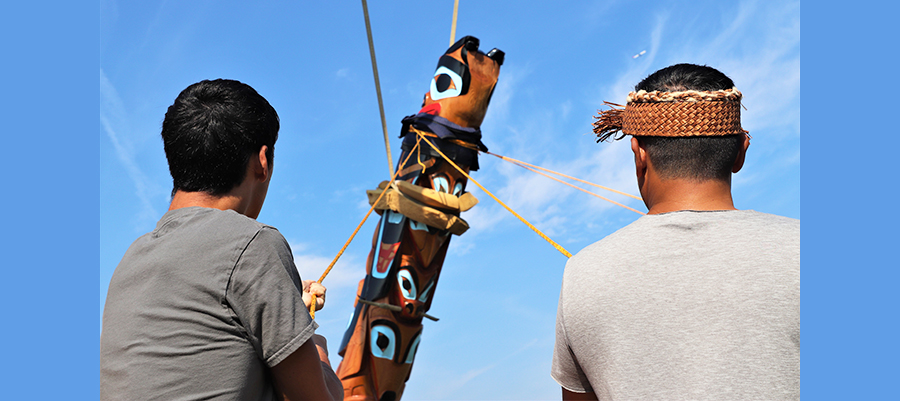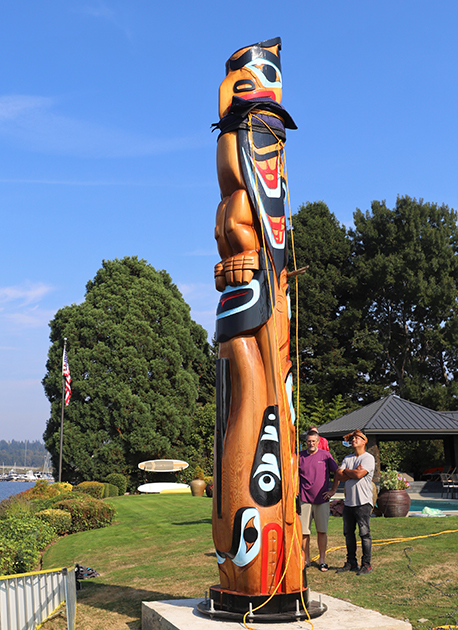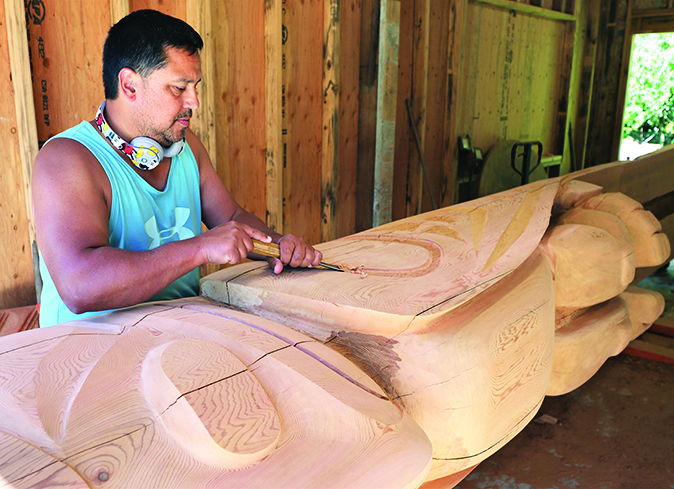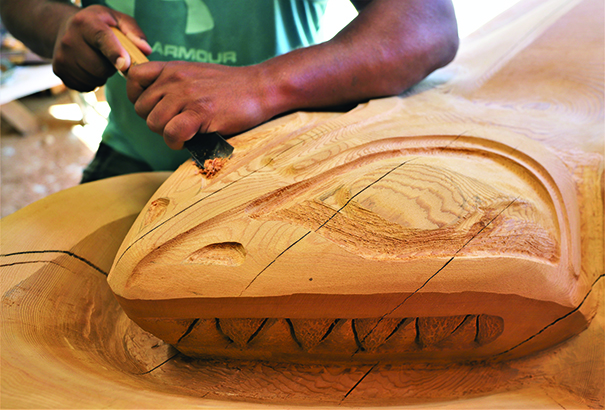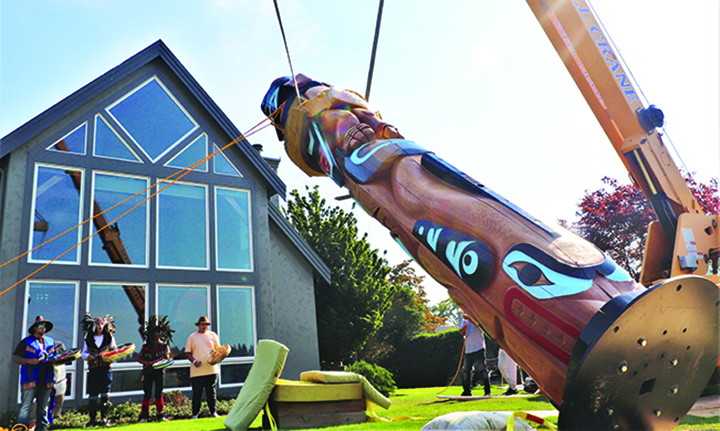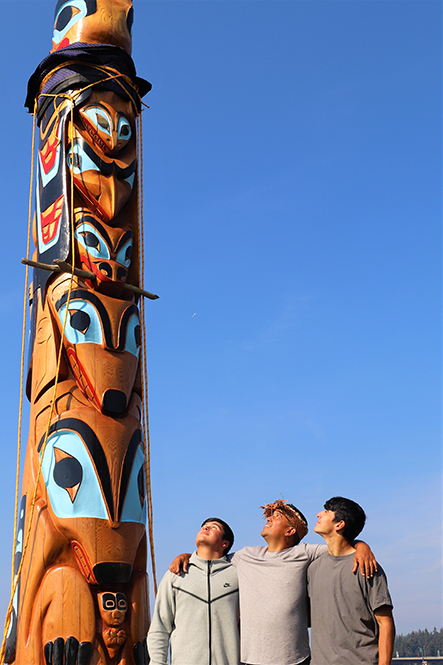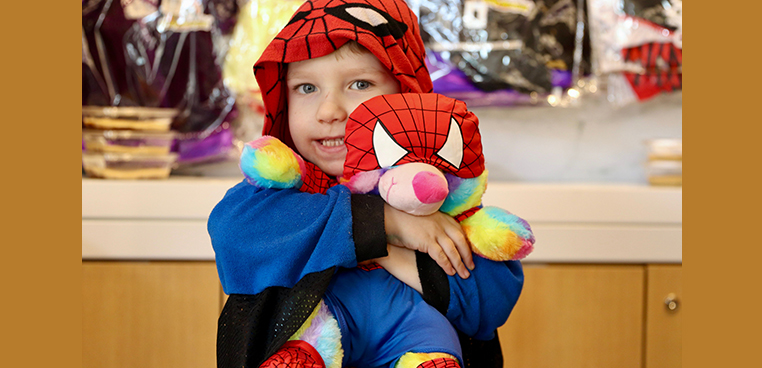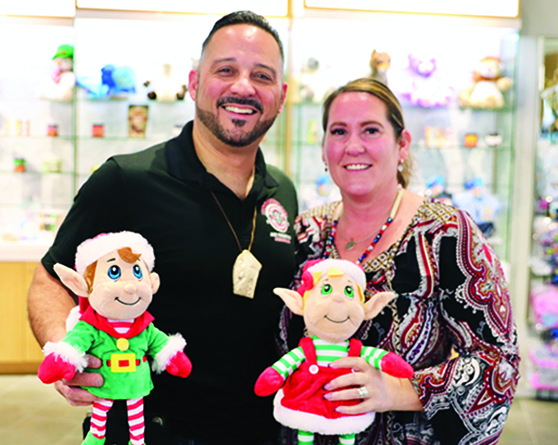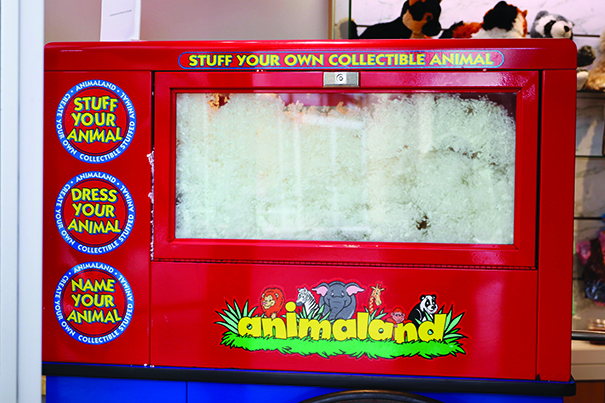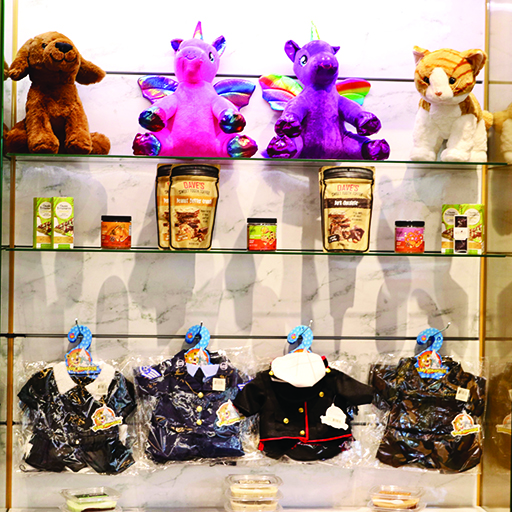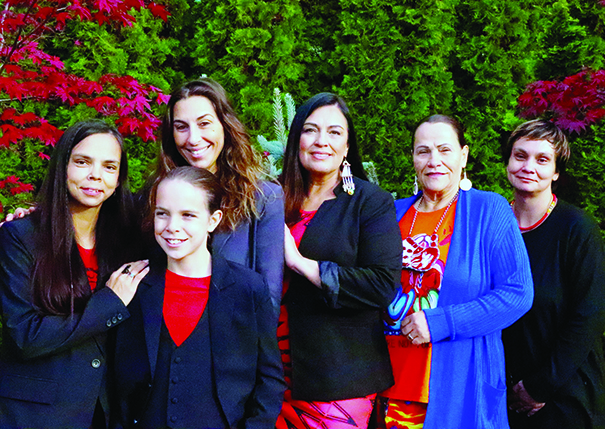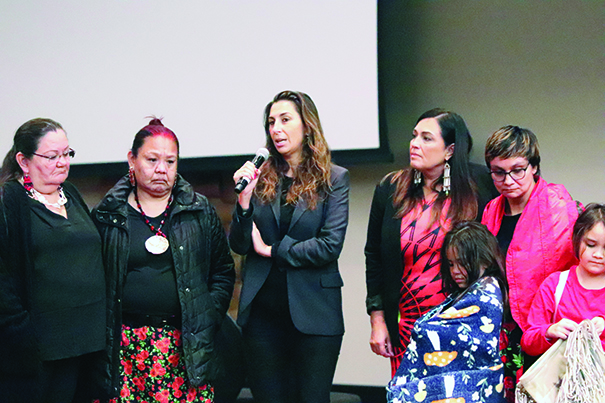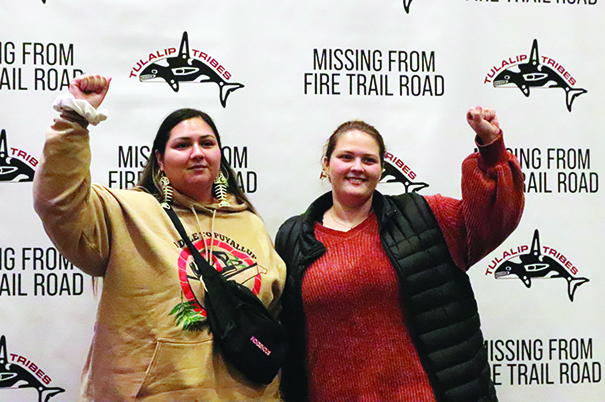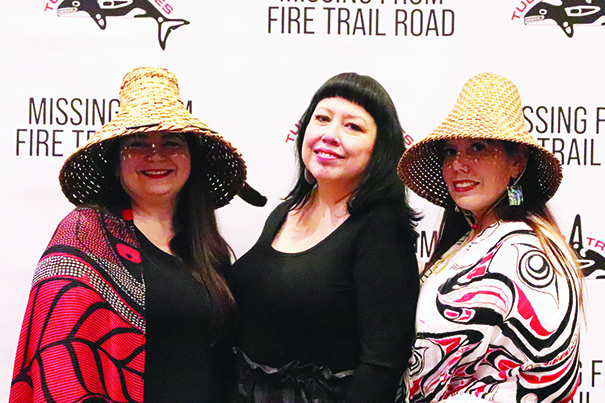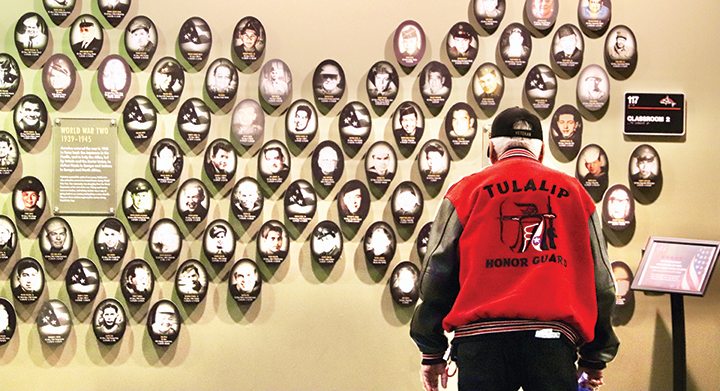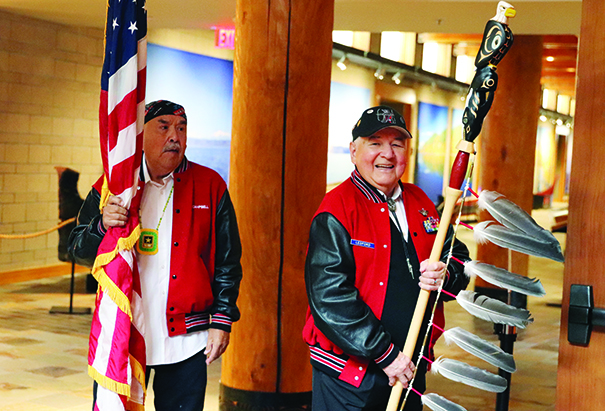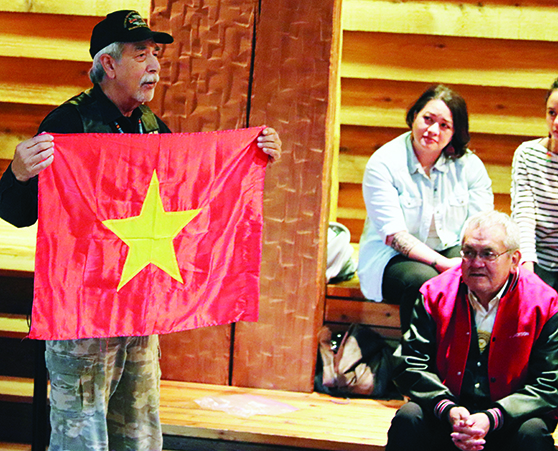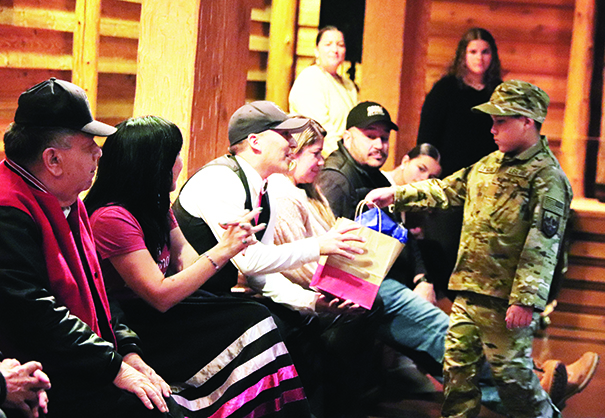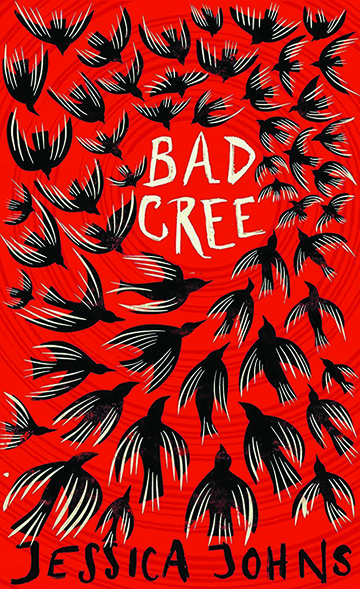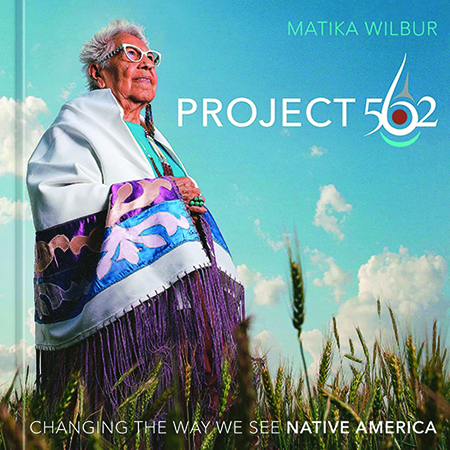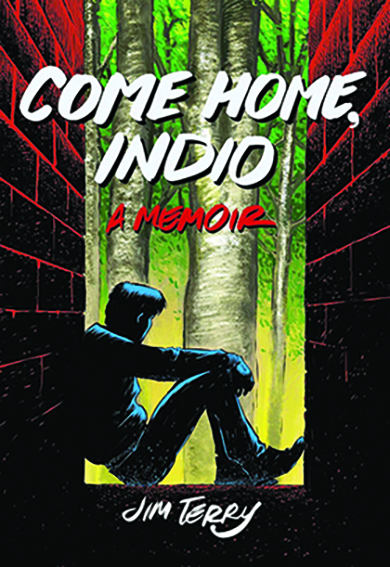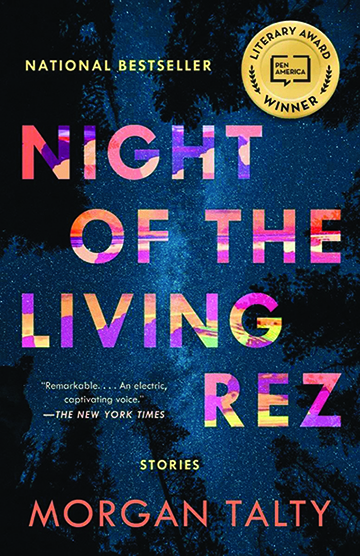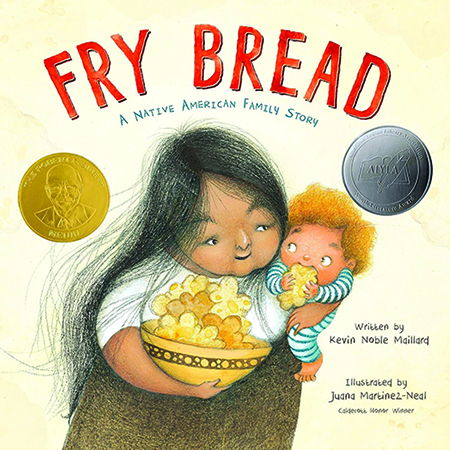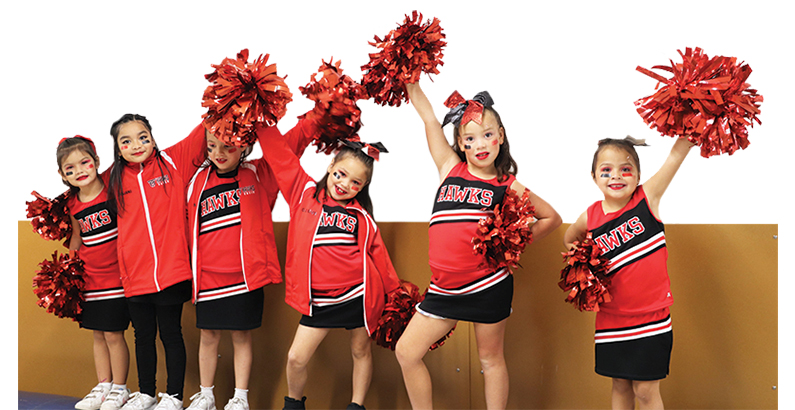
By Micheal Rios, Tulalip News
Cheerleading is recognized for an energetic blend of athleticism, teamwork, and performance. Beyond the glittering pom-poms and dazzling routines, youth cheerleading serves as a platform for empowering young girls, largely driven by women leaders who act as mentors, coaches, and role models.
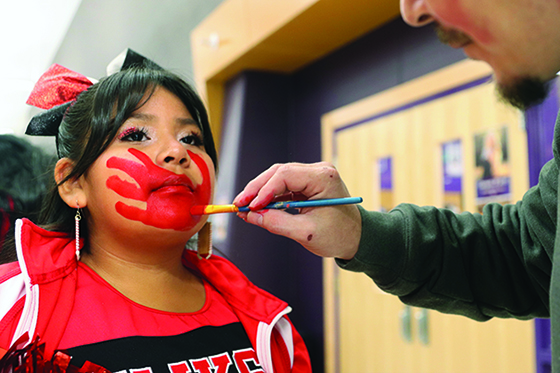
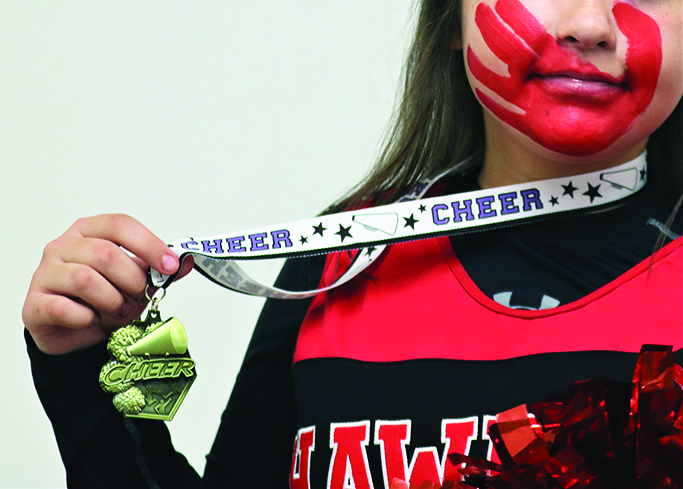
At its core, cheer promotes physical fitness and discipline. These benefits to a youth’s physical wellbeing are good, but even better are the emotional, spiritual, and psychological impacts. The high energy, choreographed activity instills critical life skills such as teamwork, communication, and resilience. Girls learn to work collaboratively toward common goals, celebrate collective achievements, and navigate setbacks with grace and determination.
Central to this empowering experience are the women who lead cheerleading programs, like Tulalip’s own Sheena Oldham and assistant coach Tara Granquist who together lead Lady Hawks cheer. As coaches and mentors, they hold a unique position to influence and inspire the next generation of young women. Through their guidance, they strive to model leadership, strength, and perseverance.
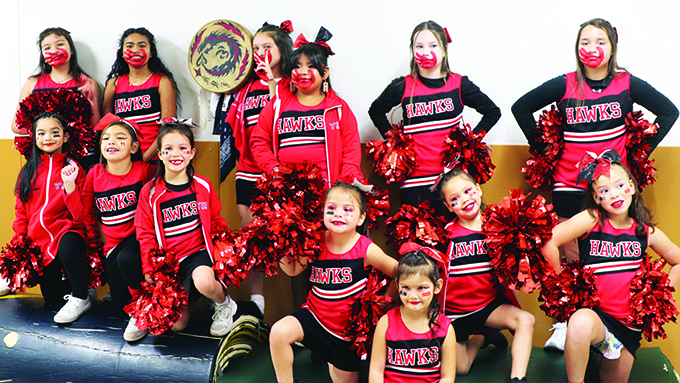
“We basically started this program from scratch after a few girls came to me during my day job with Youth Services and said ‘We want to cheer, but there are no on Rez options’,” explained cheer coach Sheena. “I reached out in-person and online to every family I knew that might be interest in signing up their daughter or daughters. At our first practice, we had maybe 8 or 9 girls total. A couple months later, we had 42. Enough to form two teams of different age groups (5 to 8-years-old and 9 to 12-years-old).
“From day one, I’ve wanted our program to be about more than just nailing a routine. It’s about our girls learning to support each other and finding confidence in who they are. Getting them to come out of their shells and breaking them of their shyness by building up their confidence levels and helping them find their voice. We even had a few troublemakers that clearly didn’t have an issue using their voice who we challenged in the best kind of way by getting them into leadership roles. Now, their voices help advocate for their teammates and for woman all across Indian Country.”
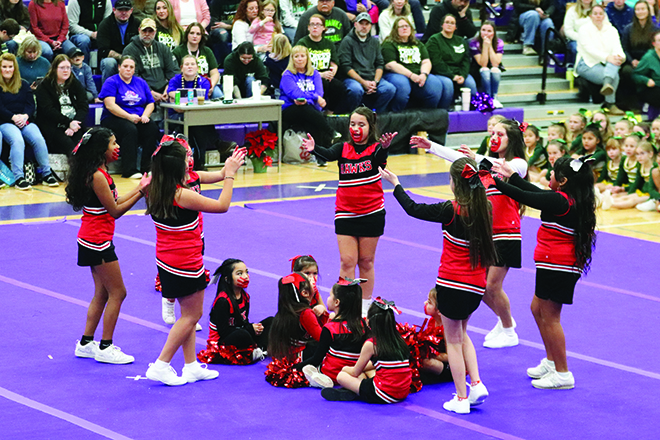
For young girls, cheer squad can be a safe space where they can explore their feminine identity and develop a strong sense of belonging as part of a shared sisterhood. Cheer’s emphasis on community involvement also allows girls to see firsthand the impact of their efforts. From cheering on school teams to participating in community projects, cheerleaders often become ambassadors of positivity and encouragement, learning the importance of giving back.
The young flock of Lady Hawks amplified their voices and took their united effort for giving back to the next level during their NCYFL Cheer Showcase performance. Held during mid-November at Anacortes High School, the Lady Hawks coaches and cheerleaders proved they could pay tribute to Native American Heritage Month during their performance while openly advocating for Missing and Murdered Indigenous Women.
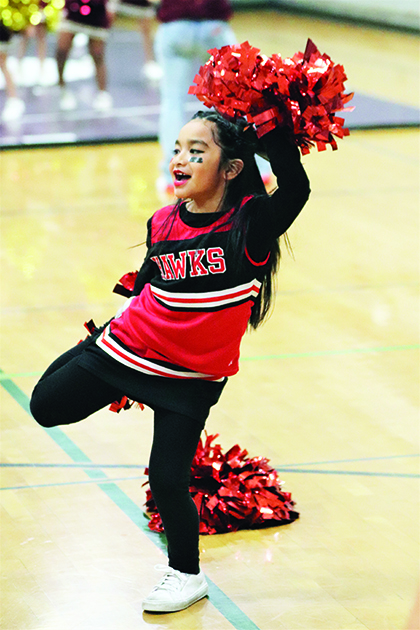
The jam-packed Anacortes gymnasium went completely silent as hundreds of cheer spectators took in the Lady Hawks routine. Equal parts cultural pride, social advocacy, and in sync pom-pom maneuvers, the girls wowed onlookers when their hip-hop music abruptly cut out and was replaced with a live drumming and singing of Antone George’s MMIW anthem.
Concluding their awe-inspiring performance, cheerleaders Persaeus Fryberg and Laveigha Merritt read the following statement: “MMIW means Missing and Murdered Indigenous Women. The song you just heard was created by Antone George of the West Shore Canoe Family in 2019. The U.S. Department of Justice found that Native American women face murder rates that are much higher than the national average. Four out of five of Native women are affected by violence. Our purpose of singing and dancing this song is to bring awareness to our sisters who are no longer here to speak for themselves.”
When the two elder Lady Hawks dropped the mic, they and their squad of red hand wearing cheerleaders were met with a thunderous applause. Both coaches and several cheer moms greeted the girls with gigantic, warm embraces as they exited the gymnasium and received their cheer medals.

Head coach Sheena valiantly held back tears while lofting praise on her team. “I’m so extremely proud of each and every one of our girls. Seeing them out there in front of so many people and not missing a beat, it’s just an amazing experience. They’ve worked so hard to reach this point and to see all that hard work pay off with a performance and reception like that is, well what else can it be, it’s epic!”
At a time when positive female role models are more important than ever, youth cheerleading stands out as an illustrious lane for nurturing leadership and, in the case of Tulalip’s Lady Hawks, cultural empowerment. The women at the helm of these programs and the girls they are entrusted with are creating ripples of change. One squad, one routine, and one cheer at a time.
